Al Bass Archaeological Site
Overview
Characteristics and classifications
All Reviews (0)
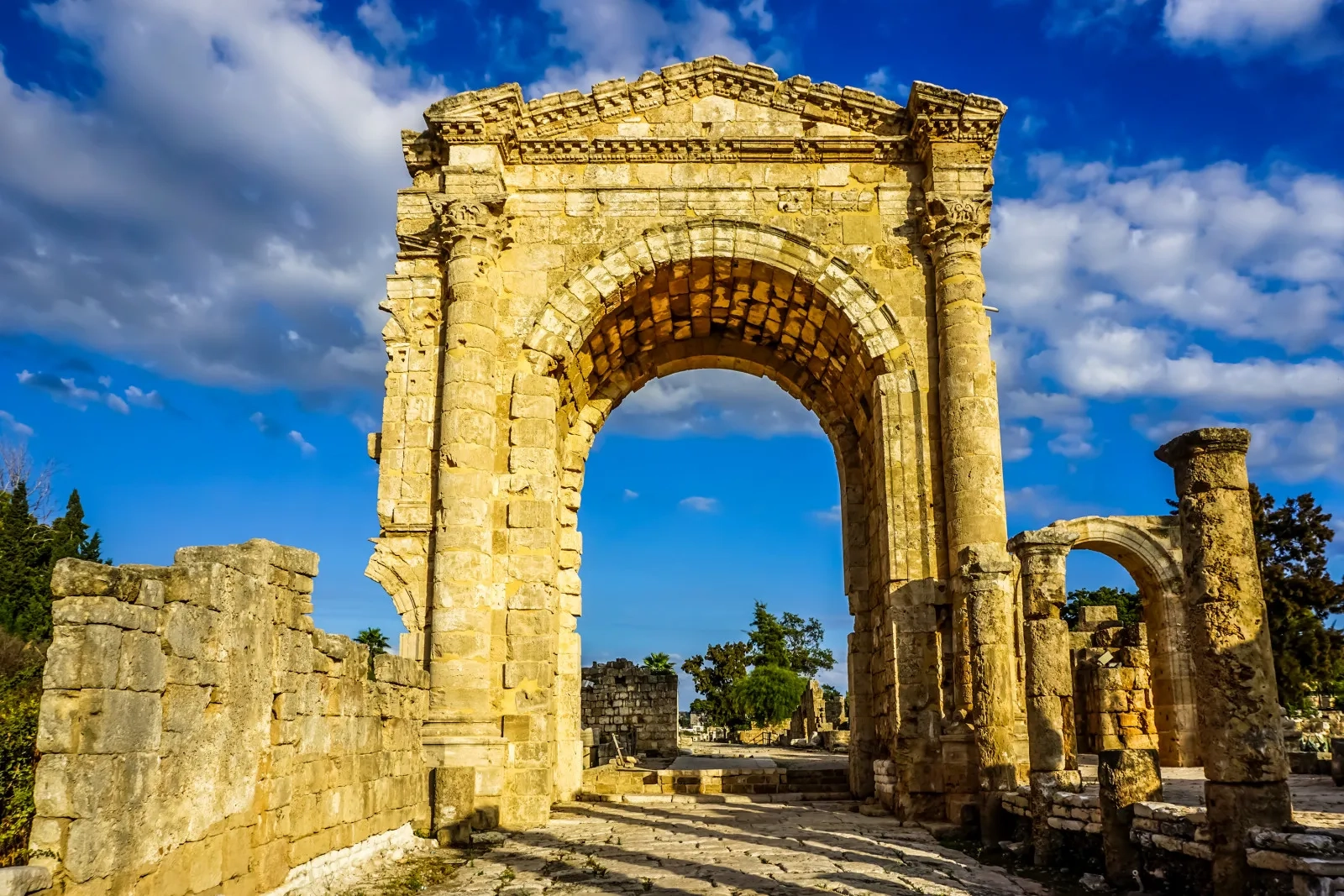
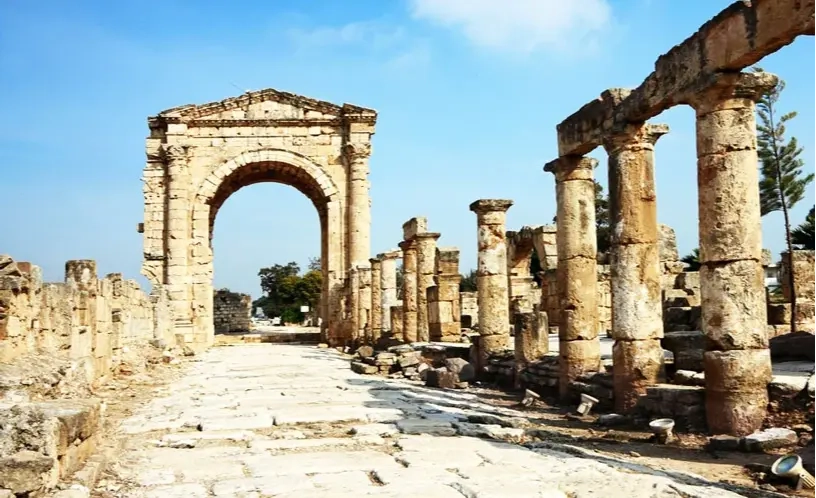
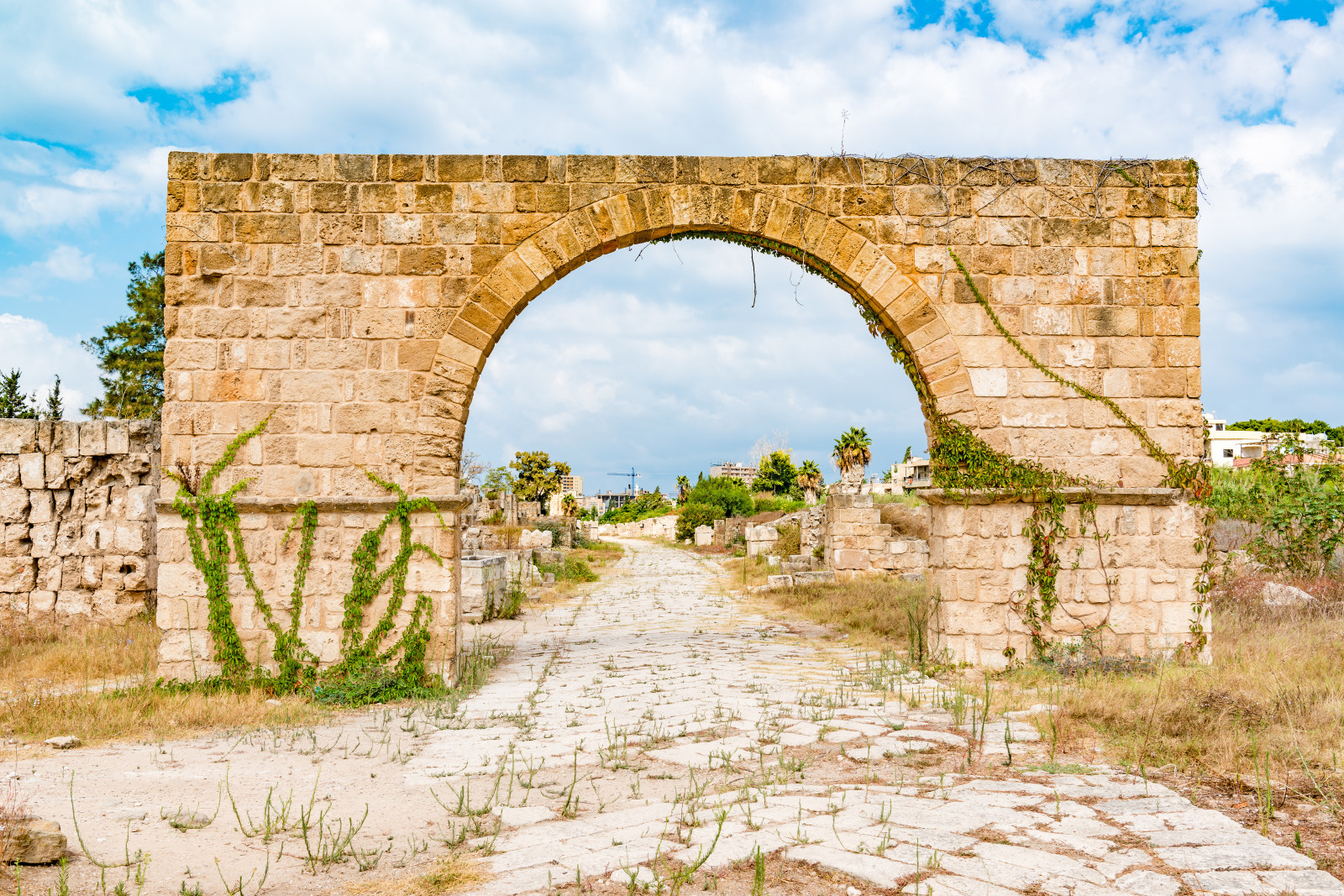
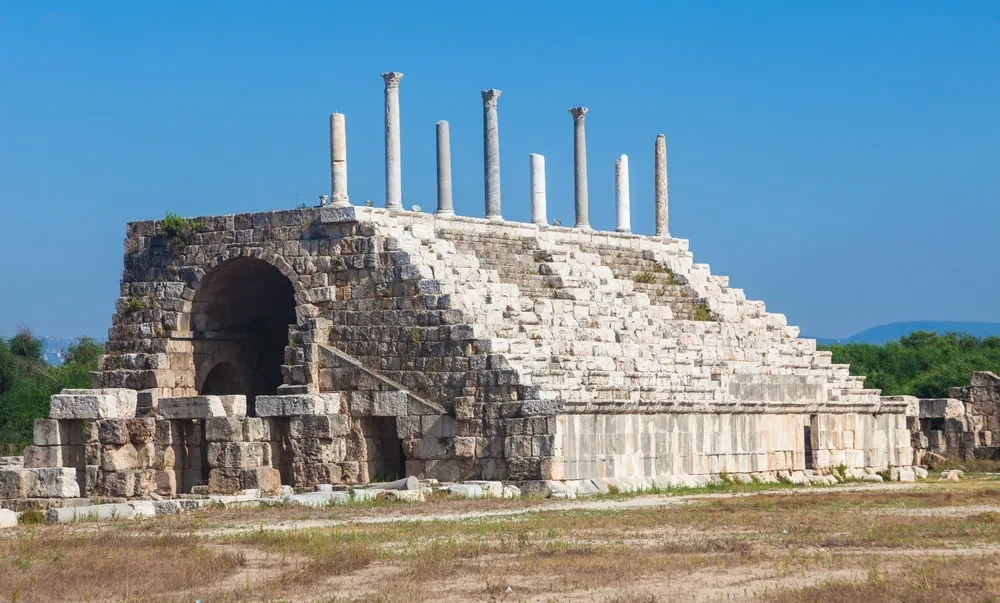
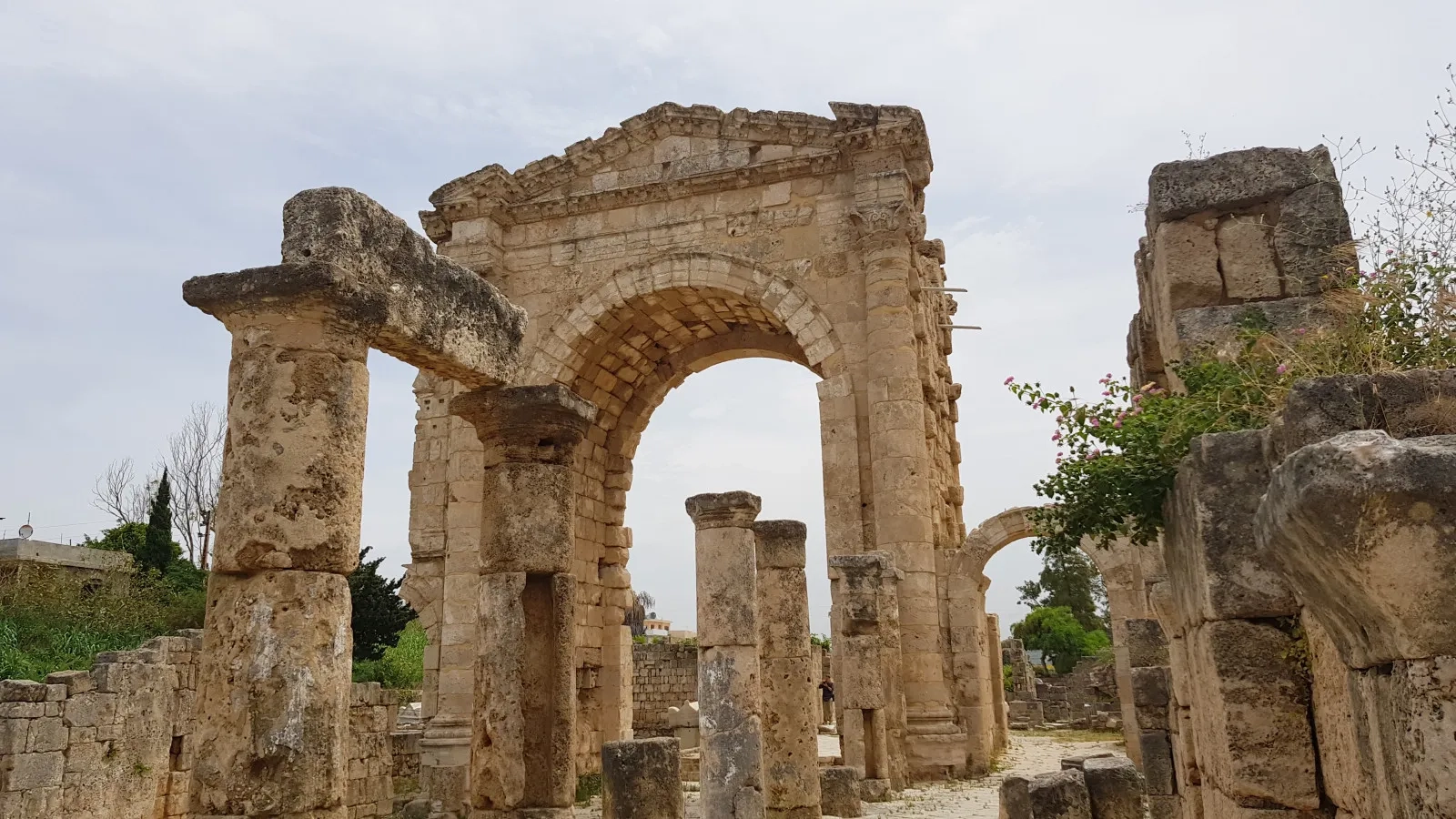
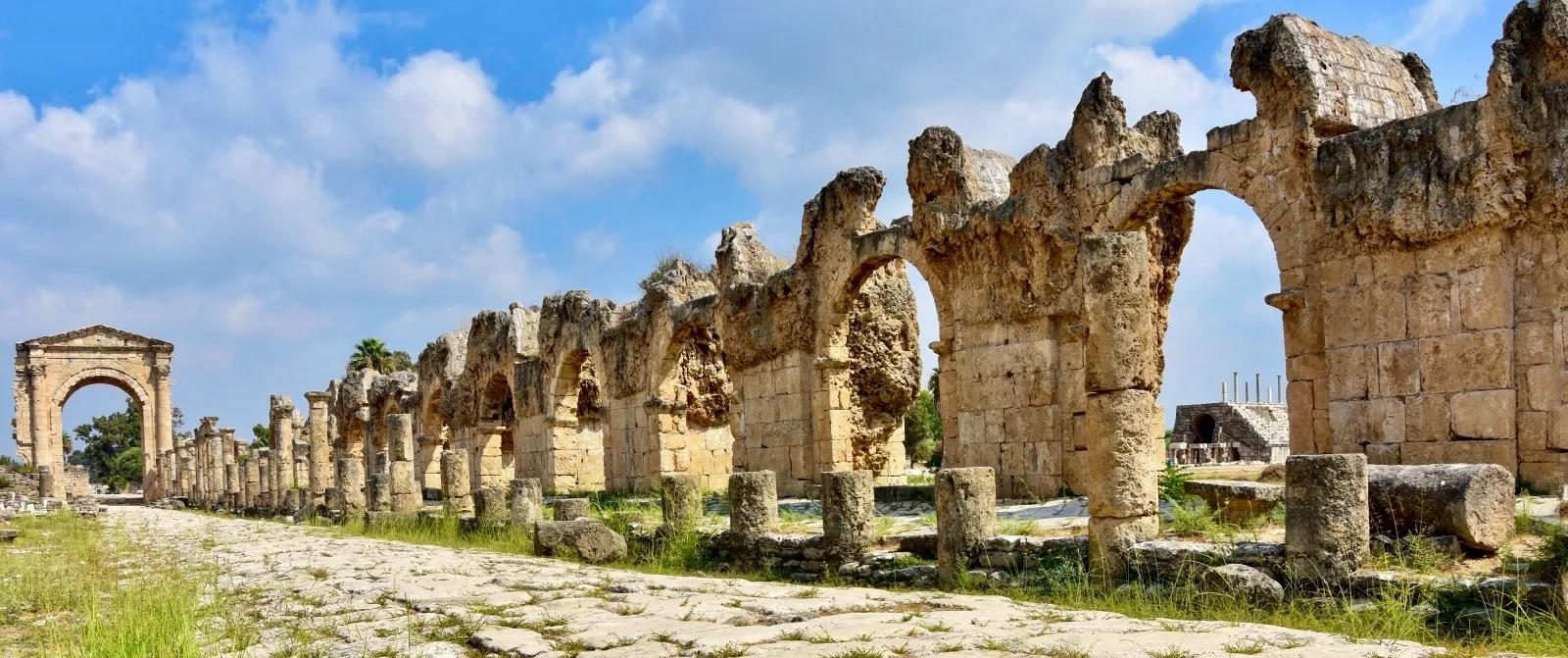
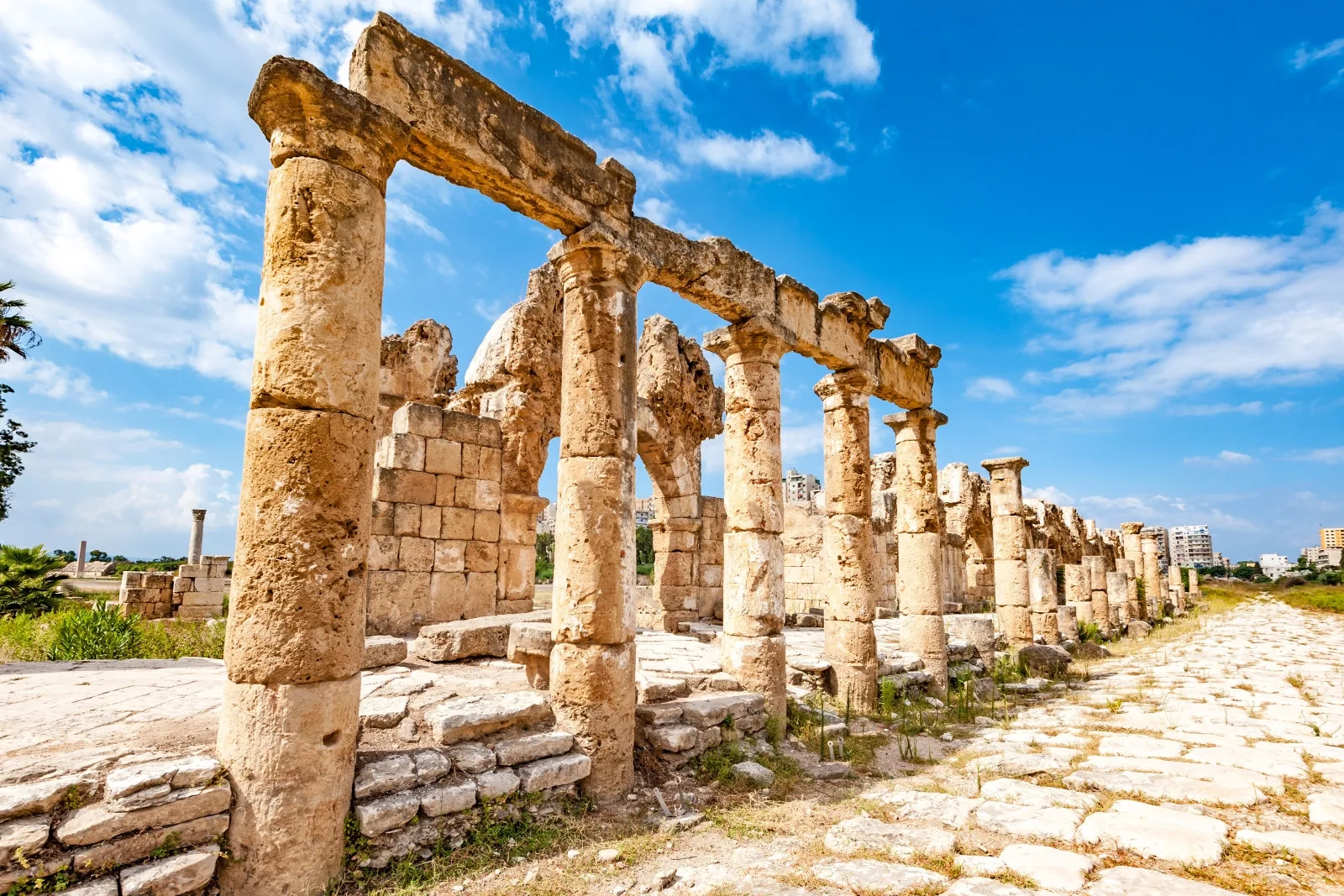
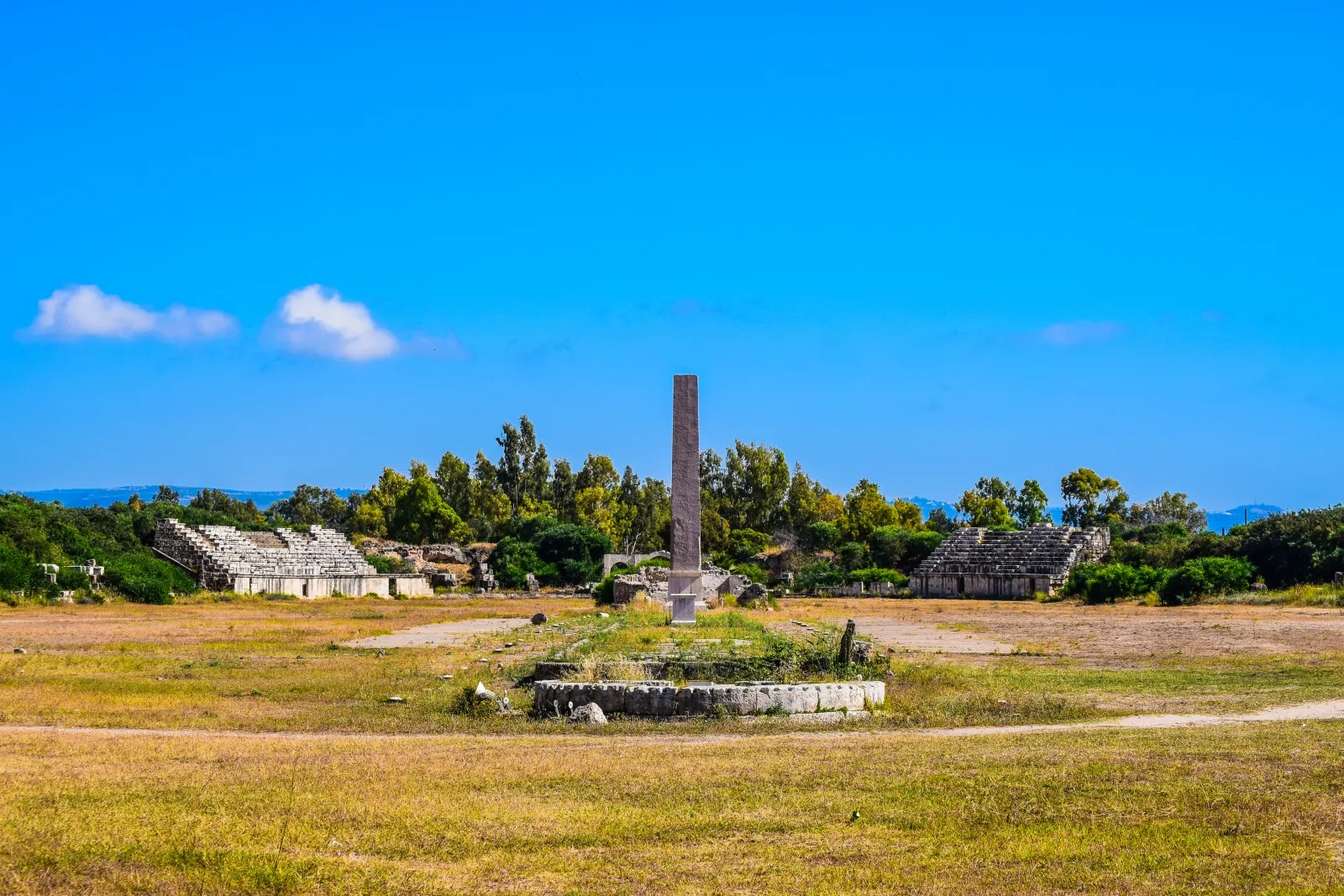
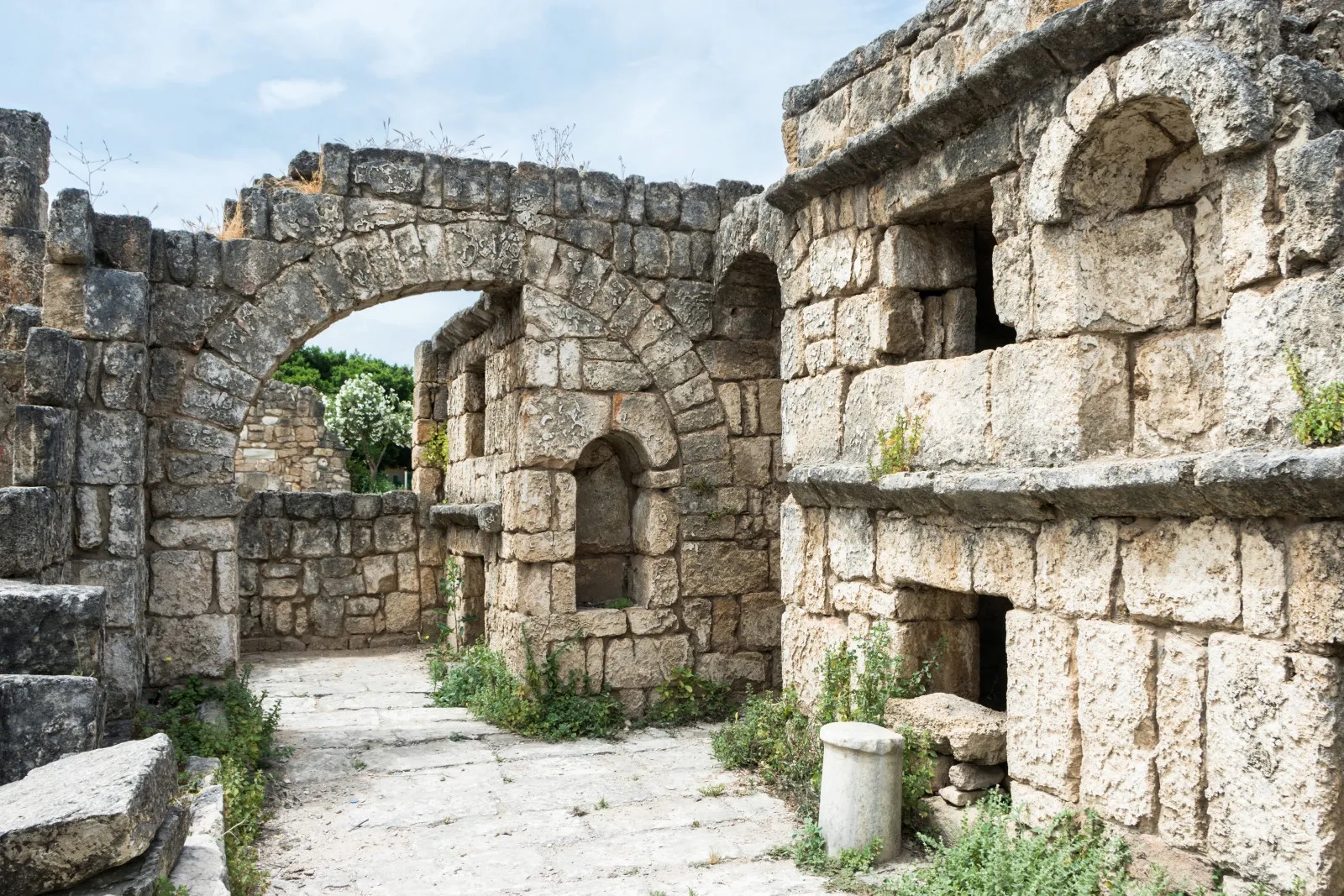
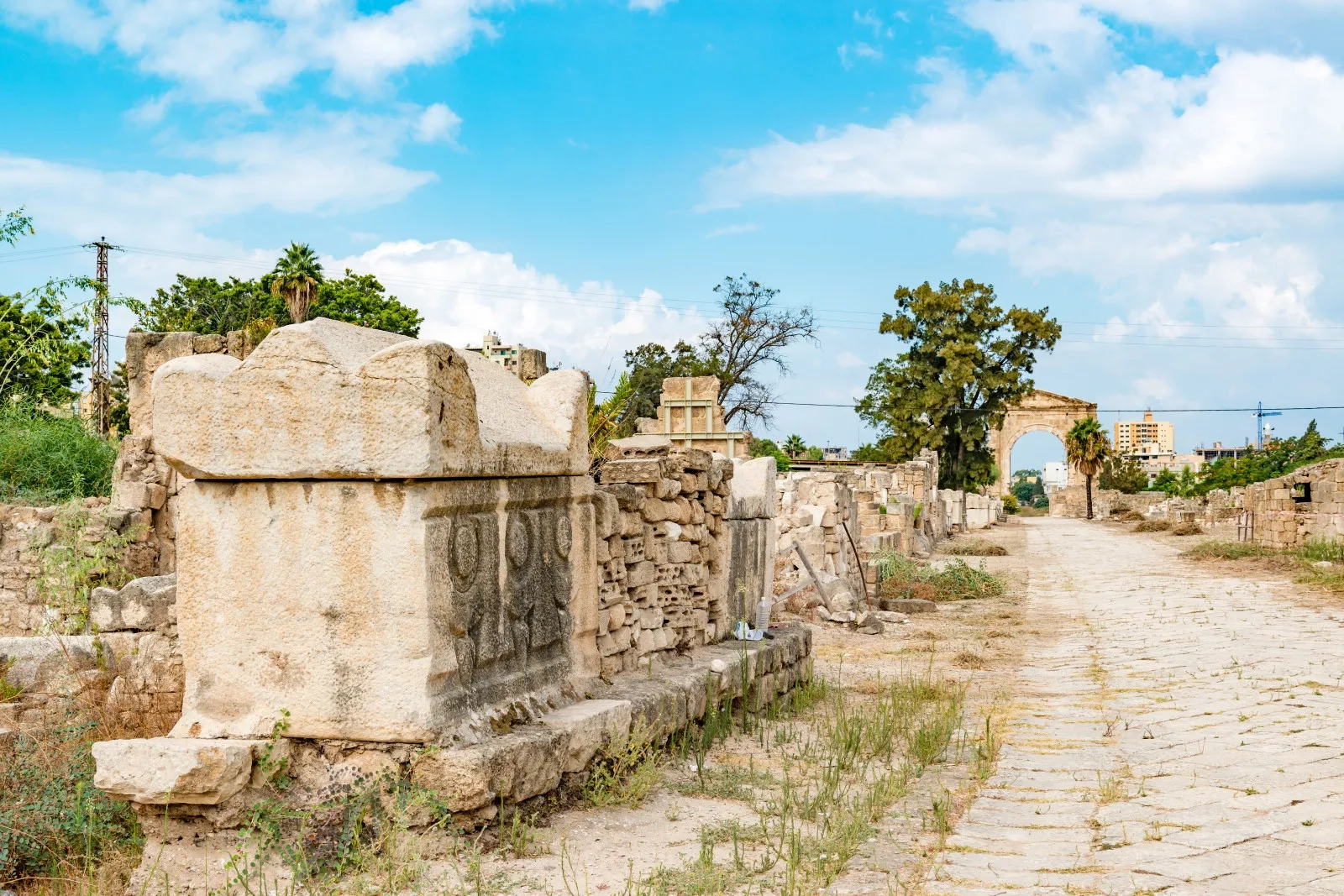
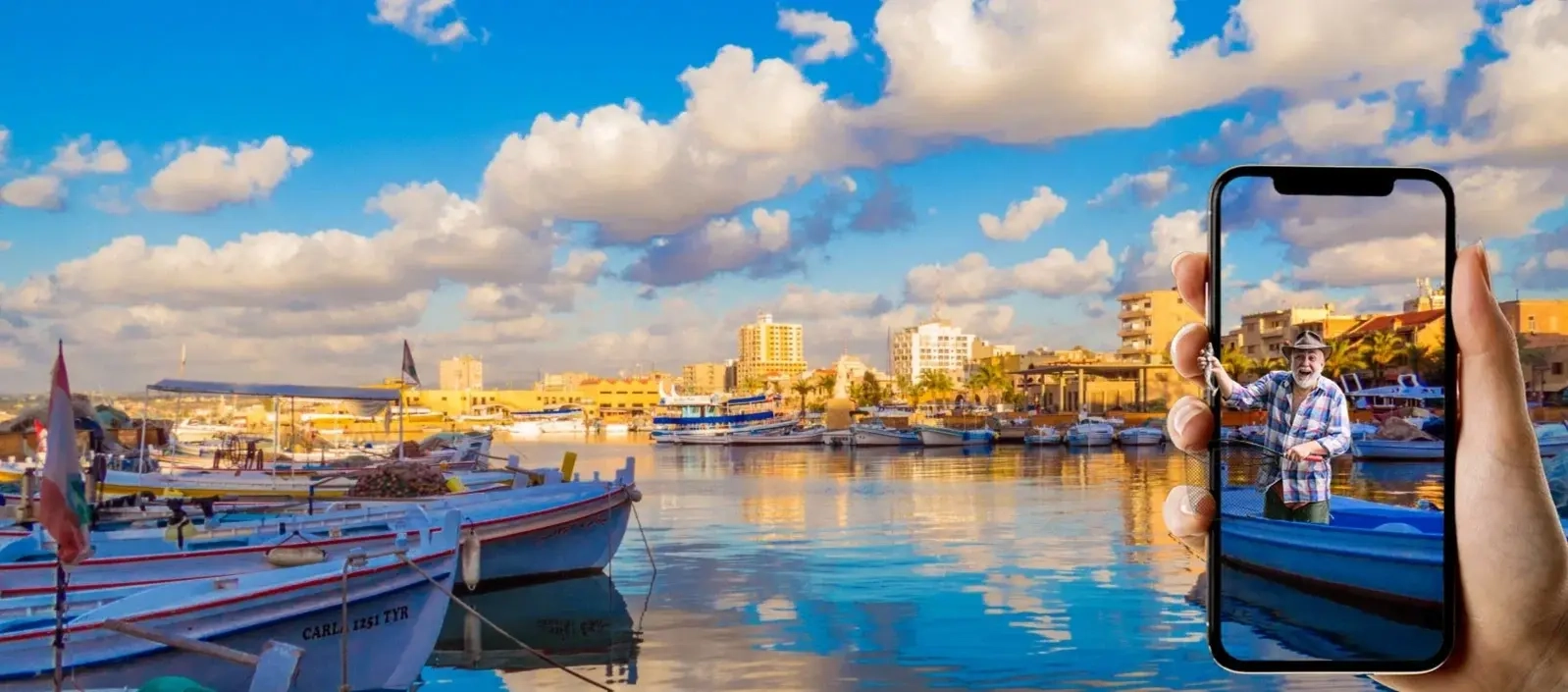
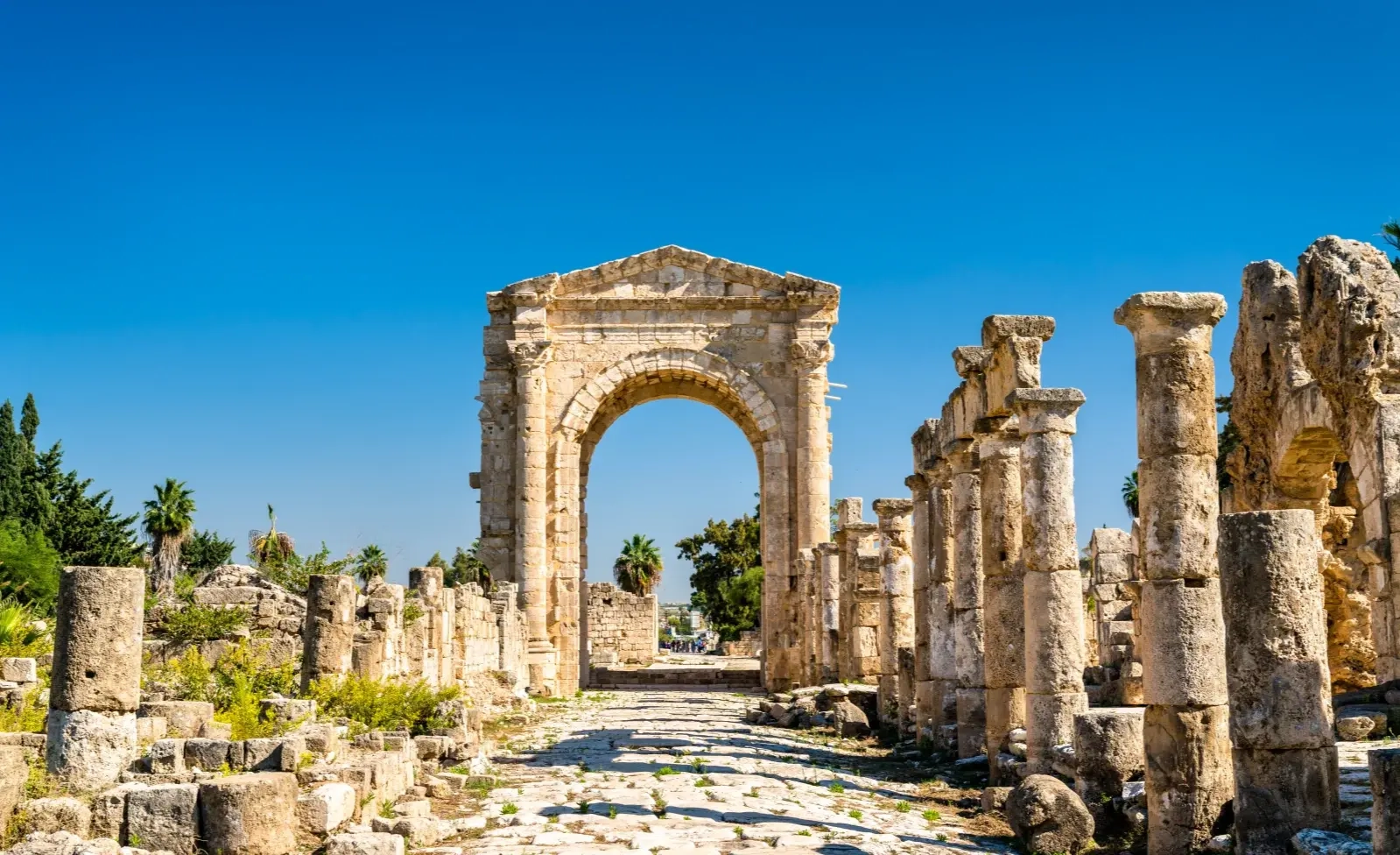

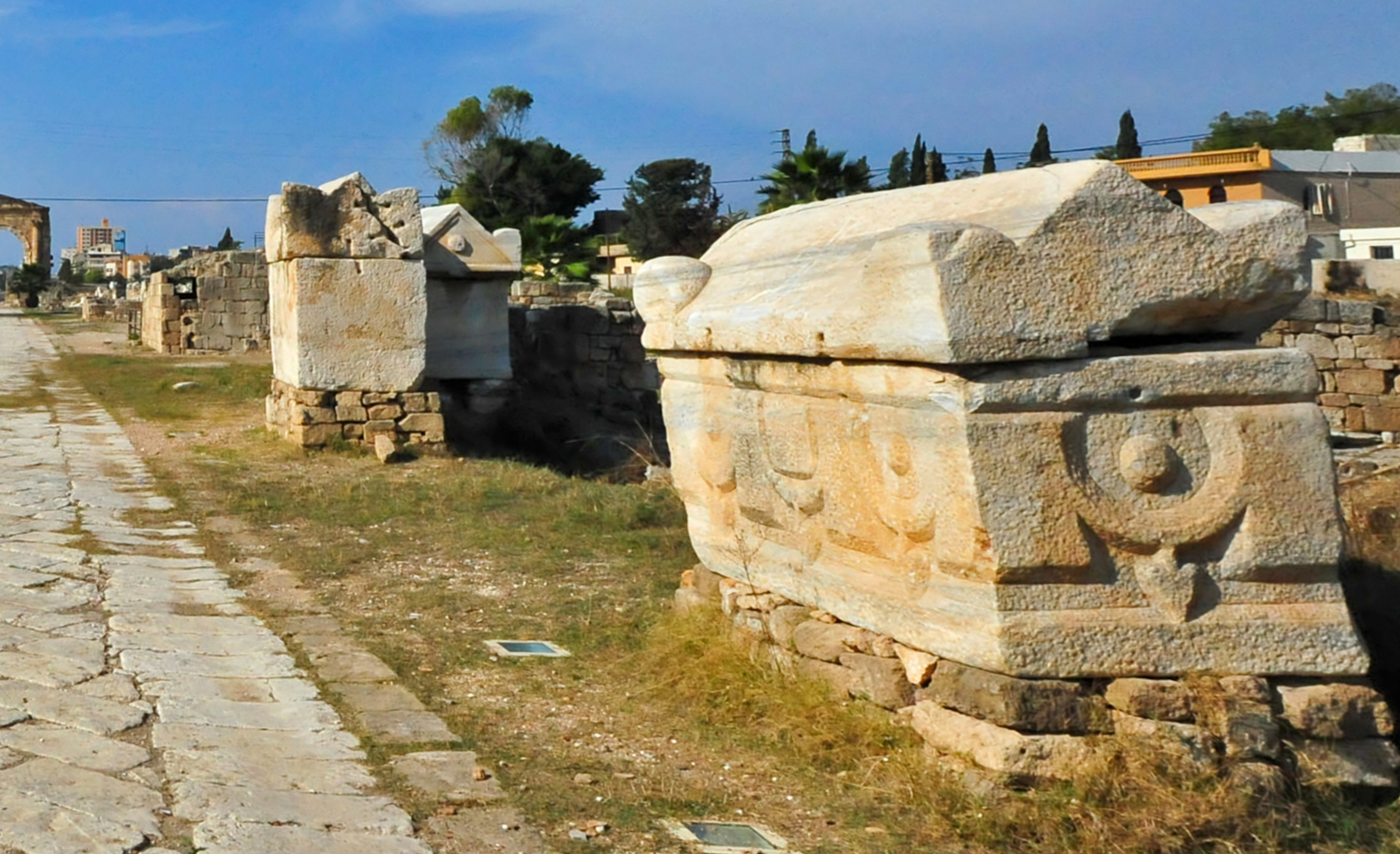


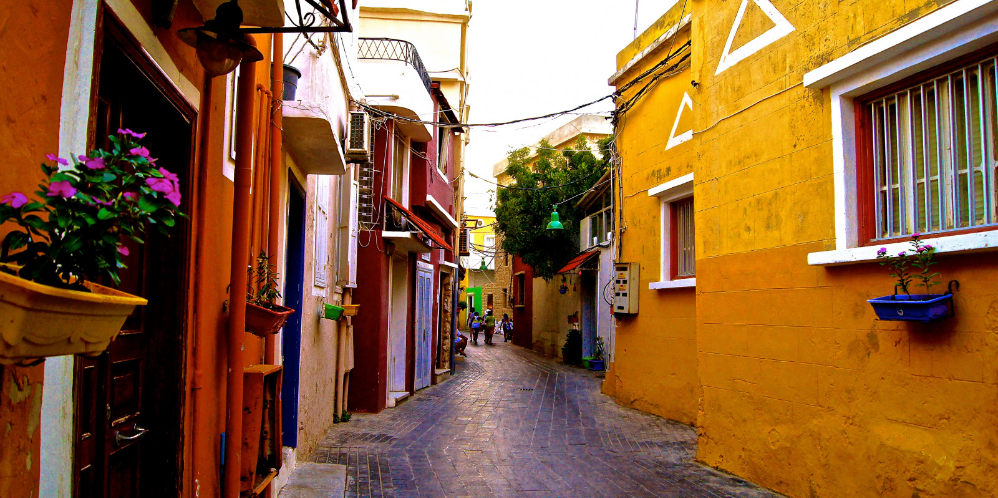



HomeWIKIMOOVCulture & Heritage Leaflet

Arc de Triomphe

Aqueduc Romain à Tyre

Voie byzantine & nécropole

Roman Columbarium

Site d’Al-Bass - Sur les traces de la grandeur romaine à Tyr

Visite guidée de Tyr - Entre splendeurs antiques et charme méditerranéen
Art et cultureBlogFlâneriesSaveurs et parfumsNature et plein airParole d’expertPatrimoineVoyage personnaliséWIKIMOOVExpériencesÉvènementsChemins de RandonnéeTrouvez un guideMagazineProduits artisanaux et locauxCulture & PatrimoineBoire et mangerHébergementLoisirs et DivertissementsNatureCentres d'activités d’extérieurSites religieuxCentres de sports d’hiverLieux célèbres & utilesCentres aquatiquesBien-êtreBusiness PlatformJoin MOOVTOOBecome a MOOVTOO guideBecome a MOOVTOO HostI've read and I accept MOOVTOO's Privacy and Cookie Policy What is MOOVTOO ?PartnersContact usFAQLegal MentionsData Protection PolicyTerms and Conditions
What is MOOVTOO ?PartnersContact usFAQLegal MentionsData Protection PolicyTerms and Conditions